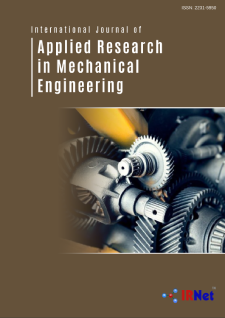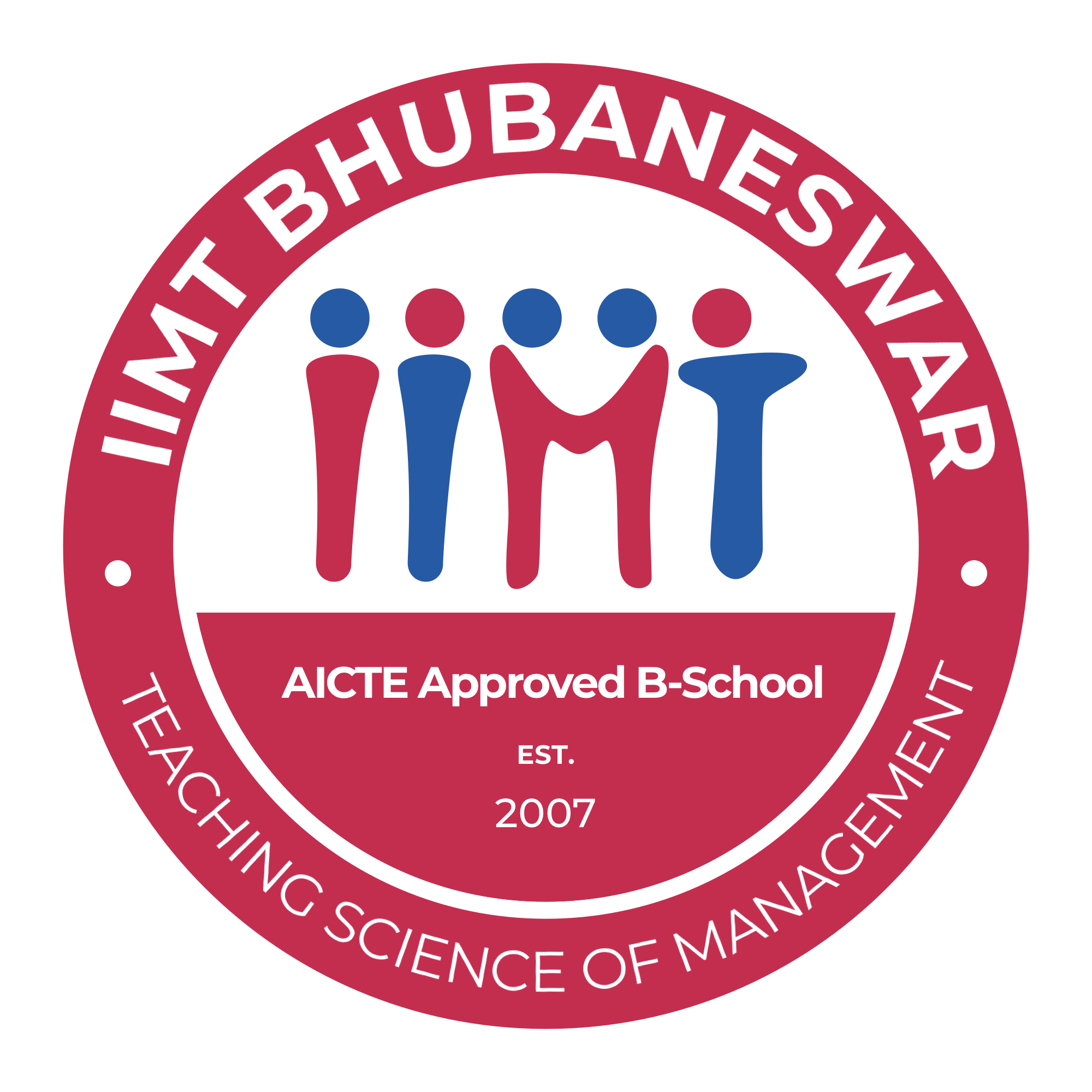International Journal of Applied Research in Mechanical Engineering IJARME
ISSN: 2231-5950

Abstracting and Indexing


IJARME
Modeling and Analysis for Surface roughness in Machining EN-31 steel using Response Surface Methodology
L. B. Abhang
Mechanical Engineering Department, Aligarh Muslim University, Aligarh, UP, (INDIA)
M. Hameedullah
Mechanical Engineering Department, Aligarh Muslim University, Aligarh, UP, (INDIA),
Abstract
This paper utilizes the regression modeling in turning process of En-31 steel using response surface methodology (RSM) with factorial design of experiments. A first-order and second-order surface roughness predicting models were developed by using the experimental data and analysis of the relationship between the cutting conditions and response (surface roughness). In the development of predictive models, cutting parameters of cutting velocity, feed rate, depth of cut, tool nose radius and concentration of lubricants were considered as model variables, surface roughness were considered as response variable. Further, the analysis of variance (ANOVA) was used to analyze the influence of process parameters and their interaction during machining. From the analysis, it is observed that feed rate is the most significant factor on the surface roughness followed by cutting speed and depth of cut at 95% confidence level. Tool nose radius and concentration of lubricants seem to be statistically less significant at 95% confidence level. Furthermore, the interaction of cutting velocity/feed rate, cutting velocity/ nose radius and depth of cut/nose radius were found to be statistically significant on the surface finish because their p-values are smaller than 5%. The predicted surface roughness values of the samples have been found to lie close to that of the experimentally observed values.
Recommended Citation
[1] P. Leskover, J. Grum, “The metallurgical aspect of machining.1986, Annals of CIRP 35/1, pp. 537-550 [2] G. Byrne, E. Scholta ,“Environmental clean machining processes a strategic approach”, Annals of the CIRP, Vol.42 (1), pp. 471-474, 1993. [3] F. Klocke , G. Eisenblatter, “Dry cutting”, Annals of the CIRP, 1997, Vol. 46 (2), pp.19-526 [4] S. Shaji, V. Radhakrishnan, “An investigation on surface grinding using graphite as lubricant”, International journal of Machine Tools and Manufacture, 2002, Vol. 42 (6), pp. 733-740 [5] N. S. K. Reddy, P. V. Rao “Performance improvement of end milling using graphite as a solid lubricant”, Materials and Manufacturing Processes, 2005, Vol. 20, pp.1-14 [6] A. S. Varadarajan, P. K. Philip, B. Ramamurthy, “ Investigations on hard turning with minimal cutting fluid application (HTMF) and its comparison with dry and wet turning”, International journal of Machine Tools and manufacture, 2002, 42(2), pp.193-200 [7] S. Pauls, V. Chattopadhay , “. Effect of cryogenic cooling by liquid nitrogen jet on forces, temperature and surface residual stresses in grinding steels”, Cryogenics, 1995, Vol.35 (8), pp. 515-523[8] A. S. Varadarajan, B. Ramamurty, P. K. Philip, “ Formulation of a cutting fluid for hard turning with minimal cutting fluid”, Proceddings of 20th, AIMTDR, Birla Institute of Technology Mesra, Ranchi, 2003, pp.89-96 [9] Deshmukh, S. D, Basu, S.K, “Significance of solid lubricants in metal cutting”, Proceddings of 22nd All India Manufcturing Technology, Design and Research, (AIMTDR), 2006, Chennai, pp.156- 162 [10] Lathkar, G,. S, Kharde, R. R, Basu, S. K, “Some experiments in machining grease based solid lubricants”, Journal of the Institution of engineers, (India), 2001, vol. 82 sept. pp. 01-6 [11] M. W. Ingole, A. S. Bhendwar, “Parametric analysis of ball burnishing – a potential metal finishing process”, Journal of Institute of Engineers, 2002, (I), vol. 83, july, 69-71 [12] A. Venugopal, P. V. Rao, “Performance improvement of grinding of SiC using graphite as a solid lubricant”, Materials and Manufacturing Process, 2004, 19(2), 177-186 [13] U. M. Shirsat, B. B. Ahuja, “Parametric analysis of combined turning and ball burnishing process”, Indian Journal of Engineering and material science, Vol.11, 2004, 391-396 [14] L. B. Abhang, M. Hameedullah, “Chip-tool interface temperature prediction model for turning process”, International Journal of Engineering Science and Technology, 2010, vol.2 (4), 382-393 [15] L .B. Abhang, M. Hameedullah, , “Power prediction model for Turning En-31 steel Using Response surface methodology”, Journal of Engineering Science and Technology Review, 2010, 3 (1), 116-122 [16] Alauddin,M . M.A. EI. Bardie and M.S.J. Hasmi, “Prediction of tool life in end milling by response surface methodology,” Journal of materials processing and technology, vol.71, 1997, pp.456-465. [17] Hasegawa, M.A. Seireg and R.A. Lindberg, “Surface Roughness Model for Turning,” International Journal of Tribology, 1976, pp285-289. [18] E.I.Bardie,M.A.“Surface Roughness Model for Turning Grey C.I 1154 BHN ,” Proceeding I Mechanical engineering,1993,pp.43-54. [19] Dilbag Singh, P. V. Rao, “A Surface Roughness Prediction Model for Hard Turning Process,” International Journal Advanced Manufacturing Technology, vol.32, 2007, pp.1115-1124 [20] L. B. Abhang, M.Hameedullah, “Development of a Prediction model for Surface Roughness in Finish Turning of Alloy Steel,” Mathematical and Computational Models: Recent Trends, Narosa Publishing Housing New Delhi, India, 2009, pp-138- 143 [21] D. C. Montgomery, “Design and Analysis of Experiments,” Third Edition, John Willy and Sons, New York, USA, 1991, pp.521 568. [22] Box GEP, “Statistics for Experiments,” John Willy and Sons Inc.USA. 1978, pp.38-46 [23] R. M. Sundaram, B. K. Lambert, “Mathematical models to predict surface finish in fine turning of steel,” International Journal of Production Research, Vol.1981, part II pp. 557-564 [24] Y. Kevin Chou, Hui Song, “Tool nose radius effects on finish hard turning,” Journal of materials Processing Technology, Vol.148, 2004, pp. 259-268